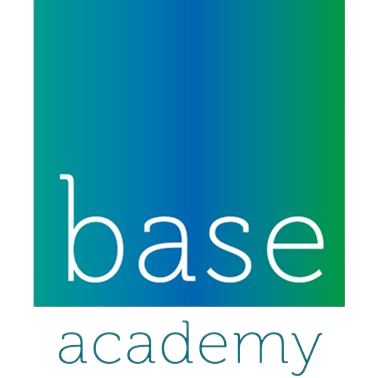Book club
The Body Keeps The Score
Bessel van der Kolk is an expert writer and academic on overcoming childhood and adolescent traumas. He has published in many scientific magazines including PLOSone or Nature Magazine.
quick & compact
1 Big Idea
Bessel van der Kolk has spent his life doing brain research. The Body Keeps the Score teaches you how to get through the difficulties that arise from your traumatic past by revealing the psychology behind them and revealing some of the technique’s therapists use to help victims recover. In this book he demonstrates by brain research that the brain of traumatized individuals is put together and works differently than that of people who have not experienced trauma. Because of the traumatic experiences, the connection between the body and brain might be disrupted. The wires (connections) are that much affected that it can be saved in genes and transmitted to next generations. Van der Kolk dives into theories to restore those connections.
2 inspiring quotes
“As I often tell my students, the two most important phrases in therapy, as in yoga, are “Notice that” and “What happens next” Once you start approaching your body with curiosity rather than with fear, everything shifts.”
“The greatest sources of our suffering are the lies we tell ourselves.”
3 actionable takeaways
Body and the mind: It is not only important that the connection in the brain keeps existing after experiencing big traumas, but it is also crucial in daily life. The Body Keeps the Score shares that talk therapy, although widely used worldwide, often does not lead to long term improvement. Instead, a range of other techniques has been proven to make a lasting change. These include mindfulness, relationships, and human touch. Figuring out how your emotions work and impact your body is essential for balance and stability in life.
Action: How can we make sure to keep balancing both brain halves? Try to find out what way works best for you. Is that by painting, singing, dancing, practicing yoga, spending time with your loved ones or something else?
Life in the here and now: Being traumatized is not only a problem of being stuck in the past; it is also a problem of not being fully present in the here and now. As long as the trauma is not resolved, the stress hormones in the body keep circulating and the defensive and emotional responses keep getting replayed.
Action: Take some moments to try to fully be aware of what is going on in the present. Intent to master your internal sensations and emotions and take in what is going and engage with the people around you.
The development of mindful self-leadership is the foundation for healing from trauma. All systems: families, organizations, or nations, operate most effectively when they have clearly defined and competent leadership. The internal you is no different and all facets of ourselves need attention. The internal leader of you must wisely distribute the available resources that takes all the parts into account.
Action: Try to let go of outdated assumptions and create new visions for yourself. The only one that should be in charge is the ‘self’. How well we get along with ourselves depends largely on our internal leadership skills (how well we listen to our different parts).
